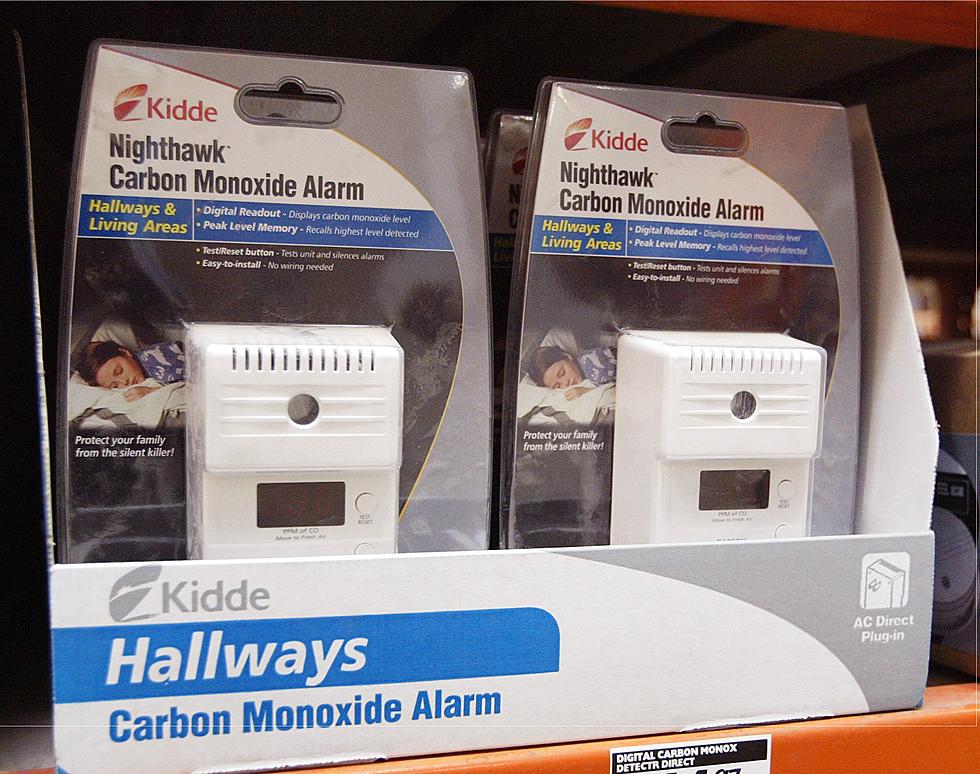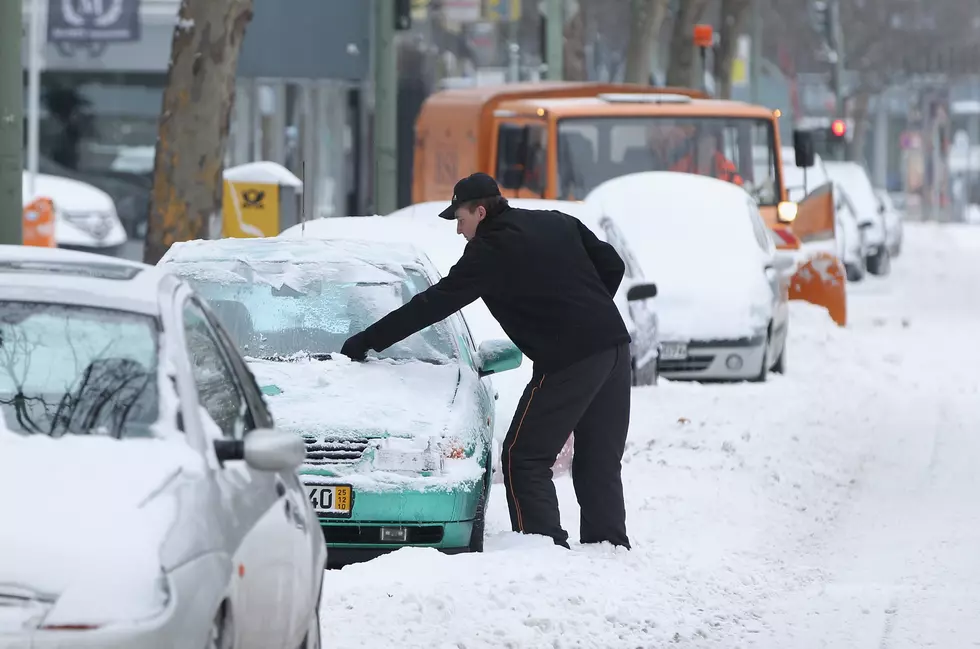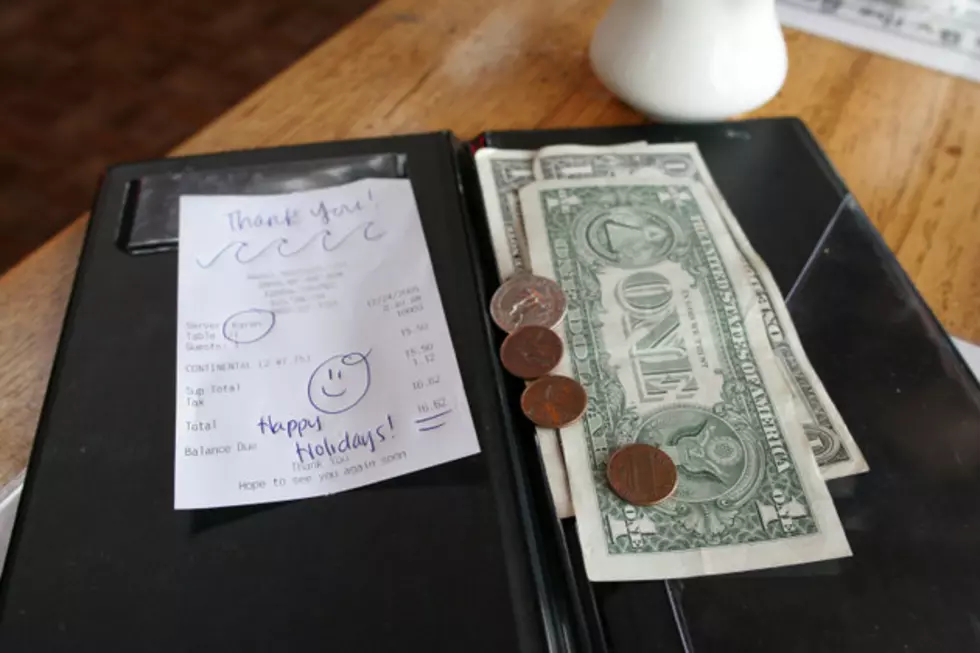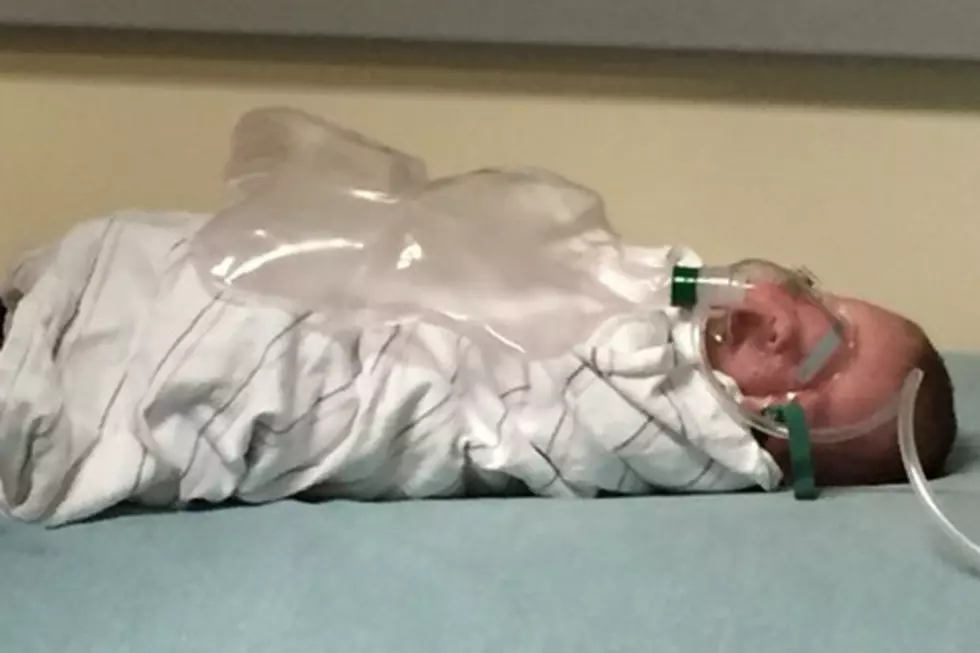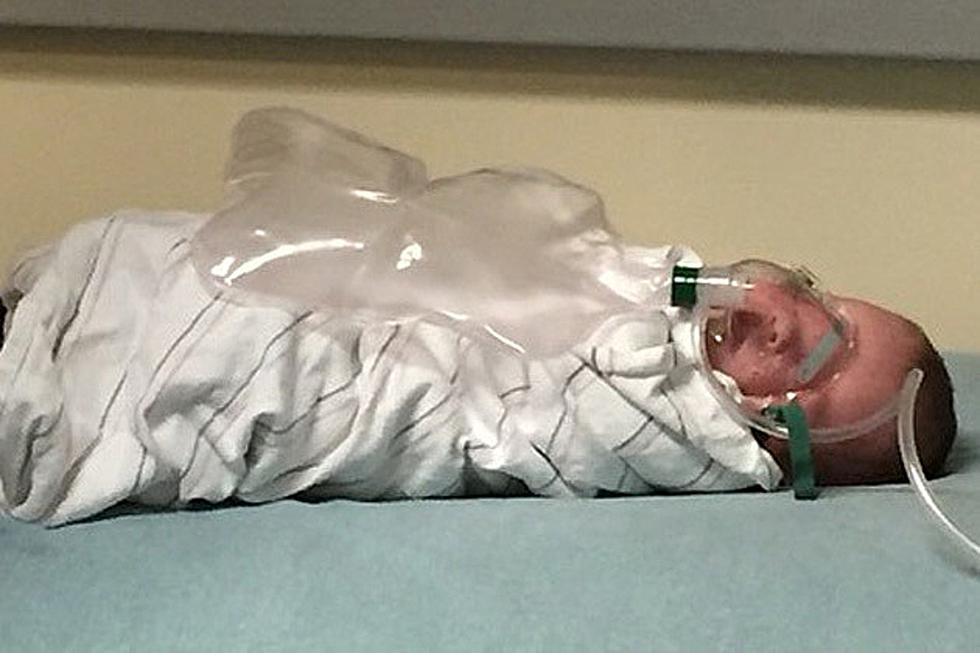
That time my baby almost died from carbon monoxide poisoning
I read an NJ1015 article on why carbon monoxide is a bigger danger in the winter months. It’s something most of us never think much about to begin with but she lays out the case why we should be even more on top of it when the weather is cold.
There’s a lot of information from Dr. Diane Calello. She’s the executive and medical director of the New Jersey Poison Control Center at Rutgers New Jersey Medical School.
She explains any form of heat can bring about a carbon monoxide catastrophe. You won’t know it’s happening. It’s invisible and odorless.
Did you know more than 400 people die every year in the United States from carbon monoxide poisoning? If you’re thinking you don’t need to think about it because that’s not very many, that’s what they all thought too. More than 4,000 are admitted to hospitals because of this silent killer and more than 20,000 at least end up in an emergency room.
Calello tells the warning signs of a carbon monoxide poisoning, how to prevent it, what some of the more and less likely sources of it can be, etc... I strongly encourage you to read the article to protect yourself and your loved ones.
I speak from experience.
One of Calello’s quotes that jumped out at me was, “When the alarm on your detector sounds, take it seriously and act fast.”
When it happened to me in October of 2015 I acted fast but I didn’t take it seriously enough. There’s this moment where you’re thinking ‘this can’t be right, this has to be a malfunction, this doesn’t happen to me it happens to other people.’
It not only happened to me it happened to my family including my then 3-week old newborn son.
The following piece was first published shortly after that incident in 2015. It’s the story of what happened that landed him in the hospital.
In no way am I being dramatic when I say a carbon monoxide detector saved the life of my 3-week-old son yesterday morning. It quite possibly saved the lives of the rest of us in the house as well.
Infants and the elderly succumb more easily to carbon monoxide poisoning, but no one is immune to it.
In the early morning, when we all would have slept for a few more hours, our alarms woke us. My first thought as I descended the stairs to the basement hearing the piercing alarm and robot voice calling out "Warning carbon monoxide! Warning carbon monoxide!" was "no way, has to be an alarm malfunction." Later, a member of the Hillsborough Fire Department would tell me even he, a trained professional, had the same thought when it once happened to him.
It's the kind of thing that happens to other people. The kind of thing you read about some unfortunate family from whom you can distance yourself because you don't know them. It wasn't your neighborhood. It was from a kind of appliance you don't have.
I'm here to tell you it can happen to anyone. It can be your water heater malfunctioning, a furnace developing a crack and not venting correctly, a gas range, a fireplace, and on and on.
I got to the basement and smelled something off. Not natural gas, but something different. Didn't I always hear carbon monoxide is called the silent killer because it is odorless? So it couldn't be this, right? Wrong. Often associated with carbon monoxide is something called aldehydes, a toxic gas that can be a byproduct of the very thing that is also creating the carbon monoxide buildup.
But again, don't ever assume if you smell nothing that there's no danger. Carbon monoxide itself has no odor whatsoever — which is where the detectors come in.
I did what probably everyone does, played with the detector in the ceiling for about a minute lamely trying to somehow convince myself of a reason to believe it was a malfunction. That didn't last long. Next I got the two appliances that were running, the furnace and the water heater, shut down. Next I began opening windows as I made my way back upstairs.
My wife was the one who said we needed to get everyone out of the house. She was 100 percent right. She quickly grabbed everything she needed for our baby while I got the 8- and 10-year-old up and told them what was going on. We all quickly dressed and I grabbed their things for school and headed out to the driveway. My wife was already in her car having decided the best thing to do with our 3-week-old is get him to her parents' house in Piscataway to wait things out there.
The rest of the morning was a blur, calling the police department, talking to concerned neighbors as the emergency services showed up. Once the fire truck arrived, the whole street was talking about it I'm sure.
As soon as the first firefighter entered the home with a carbon monoxide meter, he came out pretty quickly informing me that once he opened the basement door that meter went nuts. It shot immediately to a level he told me later would kill a person who sat in the basement in fewer than 90 minutes. The levels were not as bad on the other floors of the home, but still present.
In the middle of all this I received a text from my wife, Aubree, that she wasn't feeling right. Dull headache, metallic taste in her mouth, (that turns out to be from those aldehydes we talked about earlier), and generally feeling out of it. What first was going to be waiting it out at her mom and dad's house turned into her and the baby being taken by her father to RWJ in New Brunswick while I, for the time being, had to stay back and deal with the house situation.
An ambulance crew had arrived and questioned the rest of us about how we were feeling. We were okay, but in hindsight we all had to have some of the poisoning. It's just that everyone succumbs to it at different levels.
Later I would find out my son, who was fine when he got on the school bus, did indeed develop a headache by the time he got to school. It cleared for him as the day went on. My wife and baby boy not so lucky. Blood was drawn at the emergency room and they both had to be given oxygen as they indeed did have carbon monoxide poisoning.
It's heartbreaking to see a baby less than a month old with an oxygen mask. Even the smallest mask they had covered his entire face — including his eyes as, you can see in the picture.
Thank you to everyone who helped us from the police, firefighters, ambulance crew, and PSE&G, who found the source was indeed the furnace and condemned it. A new one is being installed Monday. Huge thanks to the staff at RWJ for taking care of my wife and baby, who are now fine. We were told though, with the fragile nature of an infant so young, even one extra hour had the alarms not woken us probably would have killed him.
Which brings me to my point:
According to the CDC, more than 400 people a year in the United States die from unintentional, accidental carbon monoxide poisoning. It really can happen to anyone. If you do not have carbon monoxide detectors in your home, I beg you, get them. This little guy wouldn't be here, perhaps none of us would, if we didn't have them.
Opinions expressed in the post above are those of New Jersey 101.5 talk show host Jeff Deminski only.
You can now listen to Deminski & Doyle — On Demand! Hear New Jersey’s favorite afternoon radio show any day of the week. Download the Deminski & Doyle show wherever you get podcasts, on our free app, or listen right now:
Answers to 25 common COVID-19 vaccine questions
How to get from Monmouth/Ocean to the Holland Tunnel without paying tolls
Inventions you probably didn't know are New Jersey born
More From New Jersey 101.5 FM



